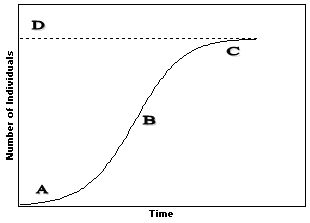Gram-negative organisms
A. are more susceptible to antibiotics that target peptidoglycan than gram-positive organisms.
B. are less susceptible to antibiotics that target peptidoglycan than gram-positive organisms.
C. stain purple in the Gram stain.
D. encompass all pathogens.
E. None of the choices is correct.
Answer: B. are less susceptible to antibiotics that target peptidoglycan than gram-positive organisms.
You might also like to view...
Thalassemia is a recessive blood disease caused by reduced synthesis of one of the globin genes
While SCD is a mutation in the structure of hemoglobin, thalassemias can also be caused by mutations in the regulatory elements, causing too little globin to be produced and resulting in anemia. You've designed a DNA probe that you want to use to screen a family for a rare mutation in the ?-globin gene that causes thalassemia. First you will use the probe for northern blotting. What information will the northern blot tell you? A) whether the mRNA for ?-globin is being translated into functional proteins in a given cell population B) whether the amount of the ?-globin gene being transcribed (mRNA levels) is within normal range C) the size of the mRNA being transcribed D) the presence of a particular mutation by restriction fragment analysis E) both B and C are correct
Using Figure 53-2, identify the point that indicates the carrying capacity for this population
a. A
b. B
c. C
d. D
e. Cannot be determined from this graph.
Mutations may be detrimental, beneficial, or neutral to the cell or organism in which they occur
Indicate whether the statement is true or false
The ________ is made up of the entire Earth and all of the living organisms that inhabit it
Fill in the blank(s) with correct word